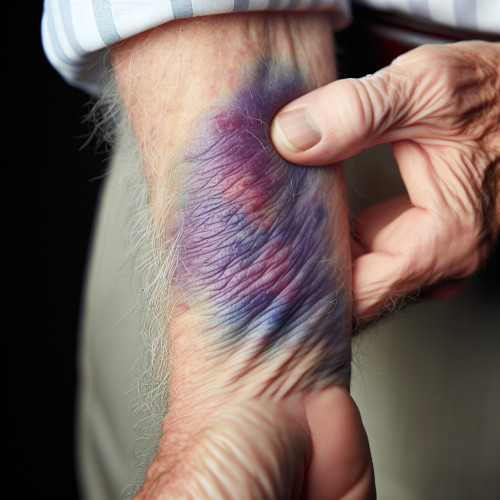
Why Comparing Nursing Homes Based on Amenities Can Enhance Quality of Life
When selecting a nursing home, it's essential to consider both medical care and the amenities offered to ensure a high quality of life for...
Posted by

Elder abuse is a critical issue affecting millions of seniors around the world. As our loved ones age, they can become more vulnerable to mistreatment, whether intentional or unintentional. Recognizing the signs of elder abuse early on and taking steps to protect your loved ones can help prevent harm and ensure they live in a safe, supportive environment. This article will walk you through common signs of elder abuse, offer practical ways to address them, and guide you on how to create a safer space for seniors in elder care at home, senior care facilities, and senior living communities.
Elder abuse is any intentional or negligent act that causes harm or serious risk of harm to an older adult. Elder abuse can occur in different forms, including physical abuse, emotional abuse, financial exploitation, neglect, and even abandonment. Understanding these categories can help caregivers and family members recognize when something isn't right.
Recognizing that elder abuse can happen in various forms helps families and caregivers to be vigilant and attentive to signs that may otherwise be overlooked.
Knowing the symptoms of elder abuse is essential for early intervention. Common warning signs include:
For anyone involved in elder care at home or visiting a senior care facility, these warning signs should be taken seriously. Regular check-ins and a close relationship with the senior can help detect these signs before the abuse escalates.

For seniors receiving care at home, family members and caregivers can play a vital role in preventing abuse. Here are several practical tips to protect loved ones:
Protecting a senior at home requires a combination of careful screening, regular communication, and a welcoming atmosphere that allows them to feel safe in reporting any issues.
Choosing the right senior care facility is a significant step, and ensuring your loved one is in a safe environment is paramount. Here's how to make sure they are well taken care of:
Senior care facilities play a crucial role in providing safe, structured environments for elderly residents, but family involvement is essential to prevent potential abuse.
In senior living communities, where residents enjoy more independence, abuse can sometimes go undetected due to less regular oversight. Here are tips to ensure safety:
Senior living communities can offer enriching and fulfilling environments for older adults, but active involvement from family members helps reinforce safety and security.
Elder abuse is a serious issue that requires vigilance, awareness, and proactive measures from family members and caregivers. Whether your loved one is receiving elder care at home, in a senior care facility, or a senior living community, being aware of the potential risks and knowing how to respond can make all the difference. Early recognition of abuse signs and clear, supportive communication create a foundation of safety and trust for older adults.
Recognizing elder abuse and acting swiftly are critical steps toward ensuring the safety and well-being of our aging loved ones. Regular involvement, open communication, and creating a supportive environment are the best defenses against elder abuse. By staying informed and proactive, we can protect our loved ones and provide them with the respect, dignity, and care they deserve.

When selecting a nursing home, it's essential to consider both medical care and the amenities offered to ensure a high quality of life for...
Posted by

In 2024, ensuring the safety of your loved one in a nursing home is crucial. This guide helps you identify red flags of nursing home abuse,...
Posted by

Understanding care levels is crucial when choosing the best nursing home for your loved one. By knowing whether your family member needs...
Posted by